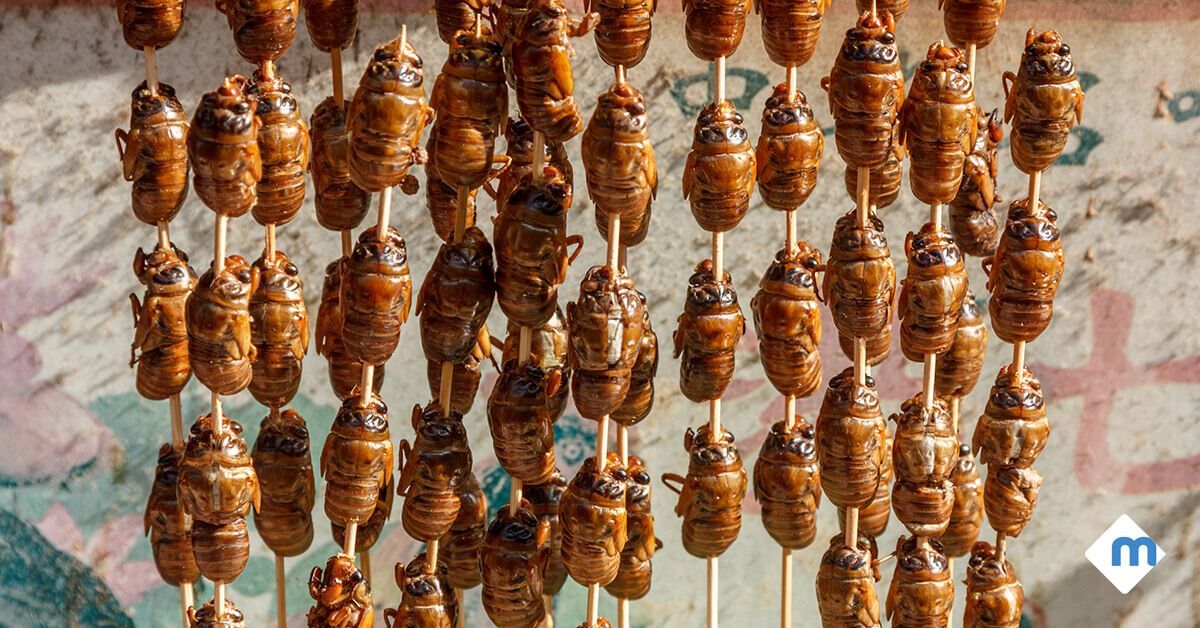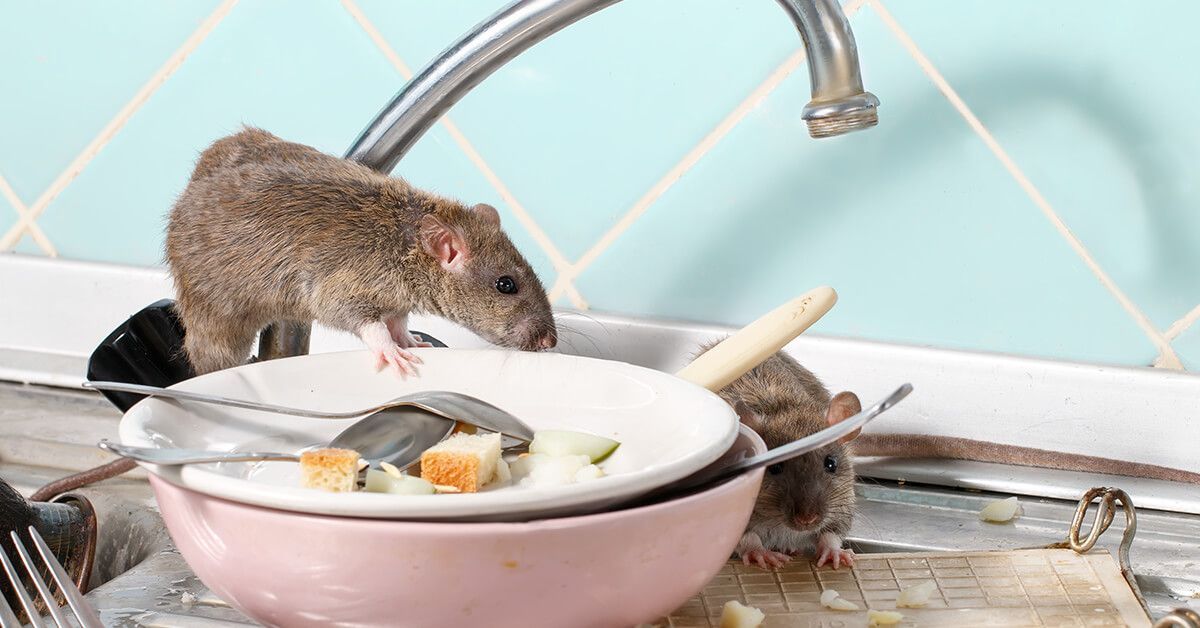One of nature’s most mysterious plants is also one of the most widely recognized plant species on Earth. It’s a botanical wonder known for catching and digesting insects and other small animals. We’re talking about the Venus flytrap.
Though grown commercially around the world, the Venus flytrap is native to select boggy areas in North and South Carolina. Because it grows in marginal soil conditions, this plant relies both on photosynthesis and nitrogen-rich animal proteins to survive. Continue reading to learn a little more about this intriguing plant.
Like its fellow carnivorous plants, the Venus flytrap only feeds on selective prey. Though its appearance makes this plant look like it came out of a horror film, the only danger this plant poses is to the critters it consumes. The traps grow from a bulblike rootstock with long, bladed leaves that form two lobes that hinge in the middle. These lobes have short, stiff hairs known as sensory trichomes that pick up signals from wandering prey, while the outer edges have teeth-like cilia.
Scientists do not fully understand how the traps close on their prey. Venus Flytraps do not have nervous systems or any muscles or tendons that assist with this action. Scientists believe that the plant may use some type of fluid pressure activated by an electrical current that runs through each lobe.
Venus flytraps primarily prey on beetles, spiders, other crawling arthropods and even the occasional small animal, like frogs. Pollinators are often safe from the jaws of these plants since the flower grows high above the ground, creating distance between the traps and the pollen. After three or four feedings, the trap will die.
Due to human activity and changes in its natural habitat, the Venus flytrap population is declining. Poaching is also a serious threat to the Venus flytrap, and recorded incidents have increased over the past few years. Poaching Venus flytrap plants is currently a felony in five North Carolina counties.
If you would like to introduce a Venus flytrap to your home, there are reputable vendors that sell nursery-bred plants. Pay attention when shopping to spot the difference between poached and nursery-grown varieties. Here are a few things to look for:
- Similar plant size: Nurseries sell plants grown from tissue culture or propagation. Plants that vary in size in a tray could have been poached.
- Soil uniformity: Plants with uniform soil composition (usually peat moss) are most likely from a nursery. Venus flytraps sold in pots that contain a mixture of soil, sand, and gravel may have come from the wild.
- Weedy pots: If a pot has other species of plants growing alongside the Venus flytrap, it may have been poached.
The Venus flytrap grows best outdoors in containers that are in sunny areas. While these plants like full sunlight, be sure that the soil never dries out completely. Venus flytraps can be grown in a pond or fountain as long as they are not fully immersed.
These plants go dormant over winter and will need to be protected from frost in colder climates. Most importantly, these plants do not need to be fed. Venus flytraps have evolved to naturally attract insects and should have no problem drawing in an appropriate food source.
While a bug-eating plant can be a fun addition to your patio, if you’re looking for a whole-home pest control solution, give Local Exterminator a call. Our field experts are trained to provide pet- and family-friendly solutions that will help you reclaim your home and yard from any unwanted pests.




